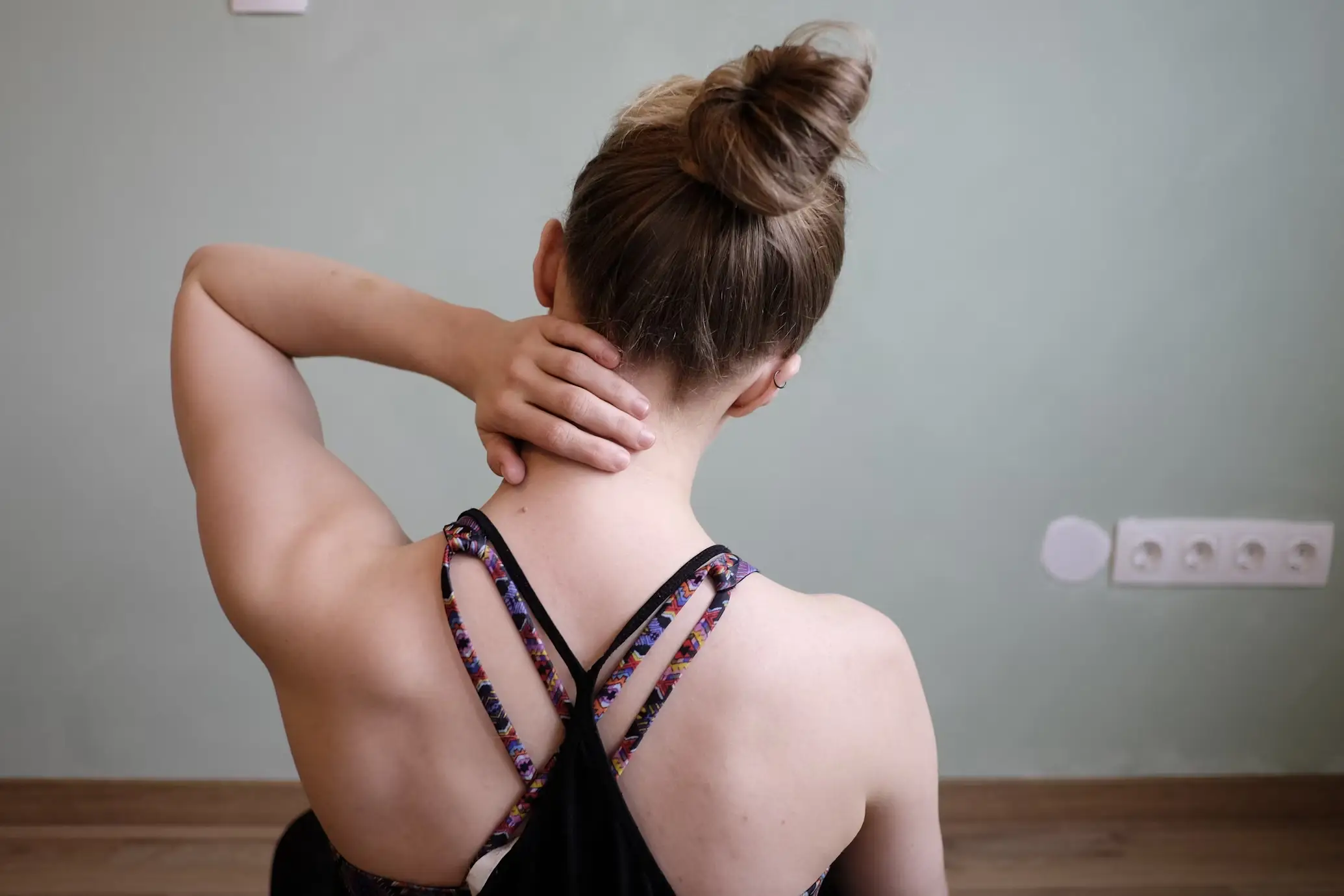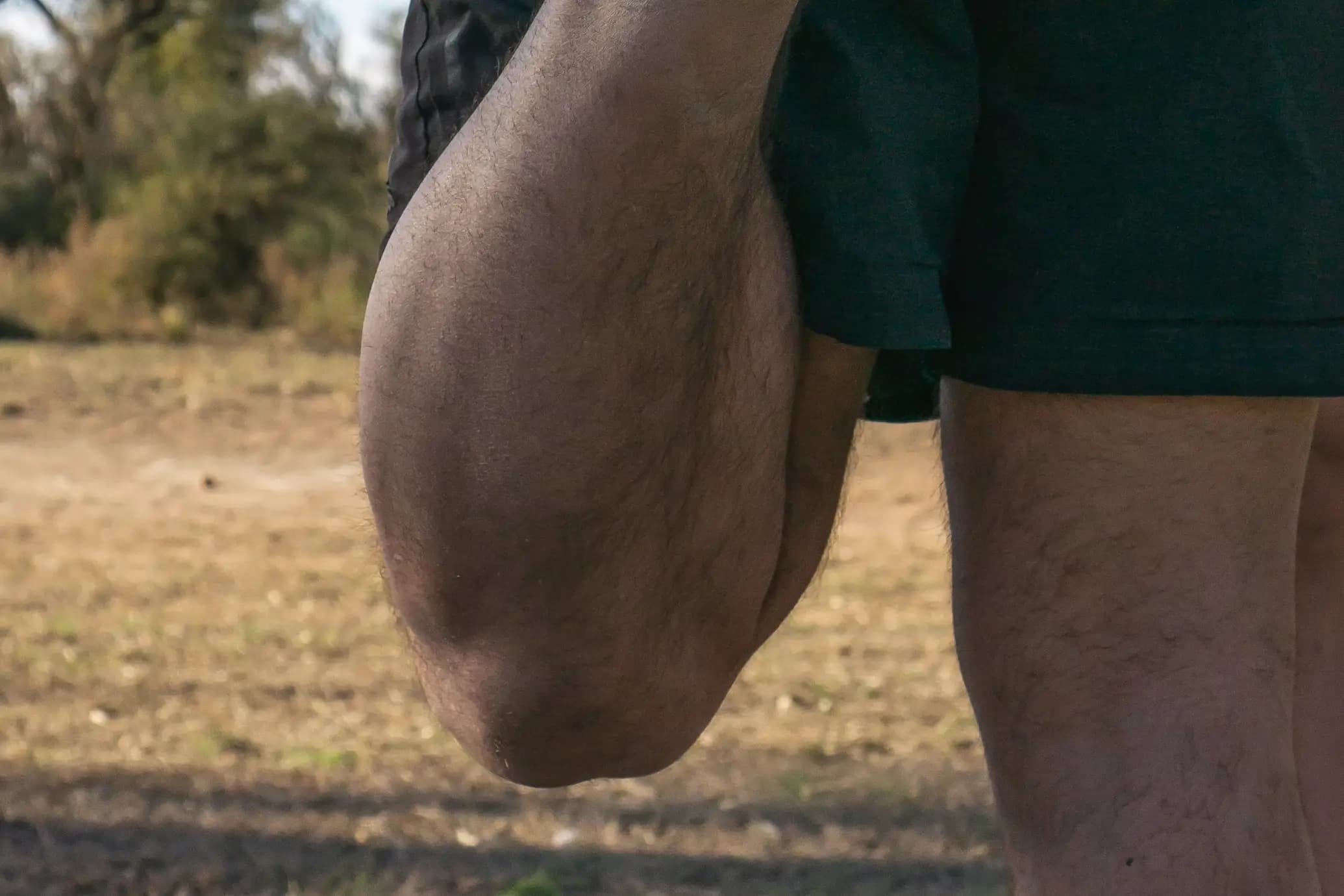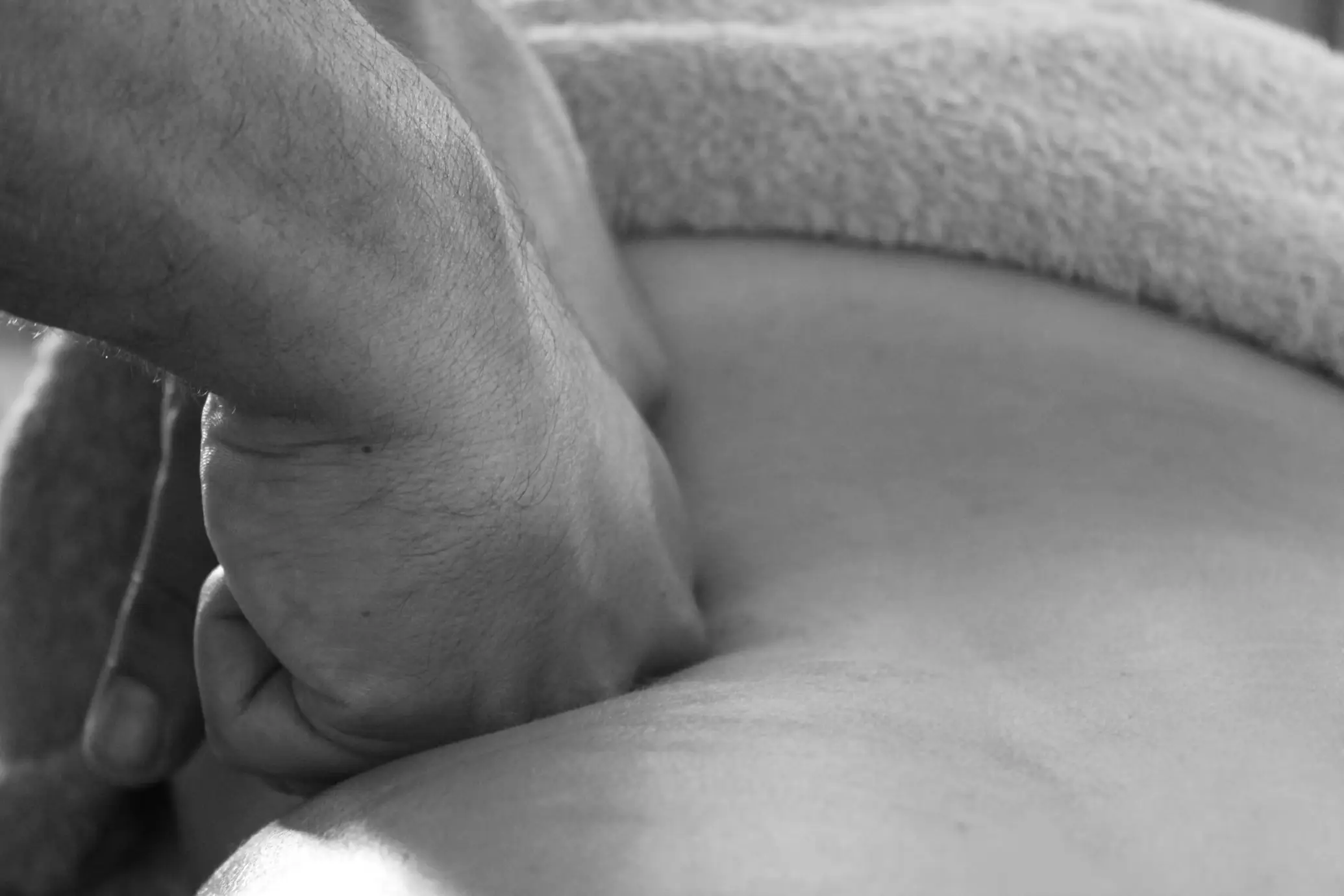
Providing treatment for injuries, even if they are not sports related
Our staff are qualified in injury treatment
Our knowledge of injury treatment and exercises can help you feel better
Injuries can hold you back from optimal performance. We treat injuries and posture issues whether they happened at the gym or the office.
We use hands-on massage therapy to help your injuries
We can assess and help you correct posture issues

Whether you are training for a marathon, have injured yourself at the gym or you are feeling stiff and sore because of your desk job, massage therapy can help you recover.
The most common types of injuries we treat are neck, shoulder, back and knee injuries but we can help with whatever muscle is causing pain




With a few hands-on massage therapy sessions you could find your pain reduced and normal muscle functionality improved.
We believe in the power of hands-on massage therapy to target the muscles causing you problems.
With our extensive health and fitness experience we can suggest stretches you can do at home.

He has helped me so much with my back pain and taught me so much knowledge about my body and how to understand it.
Meg
Chris has been a great help getting me back to strength after an injury.
Satnam Bains
Contact us using the form below and we will be in touch to discuss how Bodytransformation can help your injury.
Get answers to your most pressing questions.
We treat any type of injury but the most common issues our clients come to us with include back pain, neck pain, knee pain and shoulder pain.
We offer treatment regardless of the source of your injury. It does not need to be a sports injury for us to help you.
Get in touch.